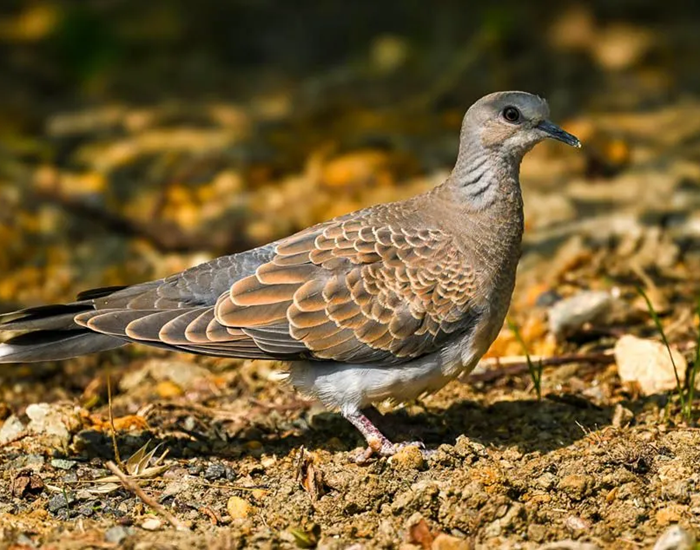

image
Les Chagnelles campsite is located in the heart of the marsh. This is an extraordinary asset for those who love nature, birds, and wildlife in general. Here's a brief overview of the birds you can spot there. Some birds can be observed by traveling a little to the nearest reserves, but rarely beyond a distance of 30 minutes from the campsite.
Since you are coming in season, from June to the end of August, you might be lucky enough to spot the Black-tailed Godwit, a migratory wading bird that loves the marsh and is found near the canals. It is not uncommon to be able to observe the Northern Shoveler with its distinctive colors (the male during the breeding season). A large part of the Vendée has been conquered by the White-tailed Kite; while walking along the small roads of the marsh, you might see them hunting or perched on the wires.
Many mute swans populate the marsh, and in summer it is not uncommon to see them looking after their young.
Some consider the Sacred Ibis to be an invasive animal, having escaped from a park it has managed to take its place in the environment and in my opinion is no more invasive than that.
When you walk through the marshes, in the middle of some fields, you might spot the Northern Lapwing. It has a very particular way of moving in search of food. You see them flying over the meadows. It defends its nest and its offspring very effectively.
The marsh contains a large population of Pied Avocet. It's not uncommon to see a few pairs on a small stretch of water. This wading bird thrives near water. Walking along the marsh's canals, it's not uncommon to encounter the Black-winged Stilt.
We also have a very large population of Cattle Egrets. They often accompany cattle and feed as they move through the fields.
The Marais Breton is the area that concentrates the majority of nesting Short-eared Owls. If you ask the LPO for information, you may be given some spots.
Around the pond, it's not uncommon to spot a Grey Heron taking advantage of the pond's richness to feed. It's not a shy bird, but it won't let you approach it unless you use effective camouflage. By positioning yourself very early in the morning around the pond, you can easily photograph one fishing.





